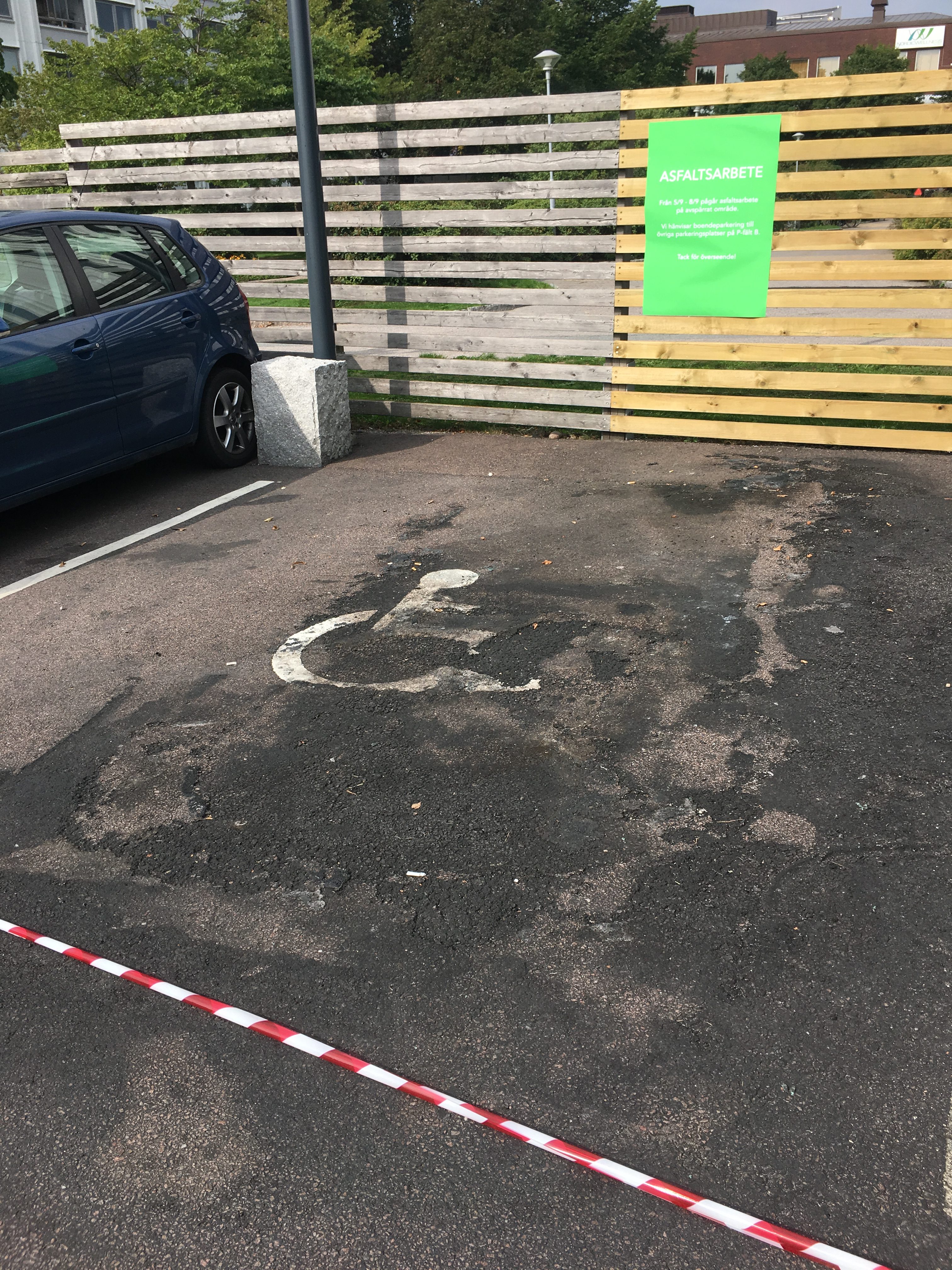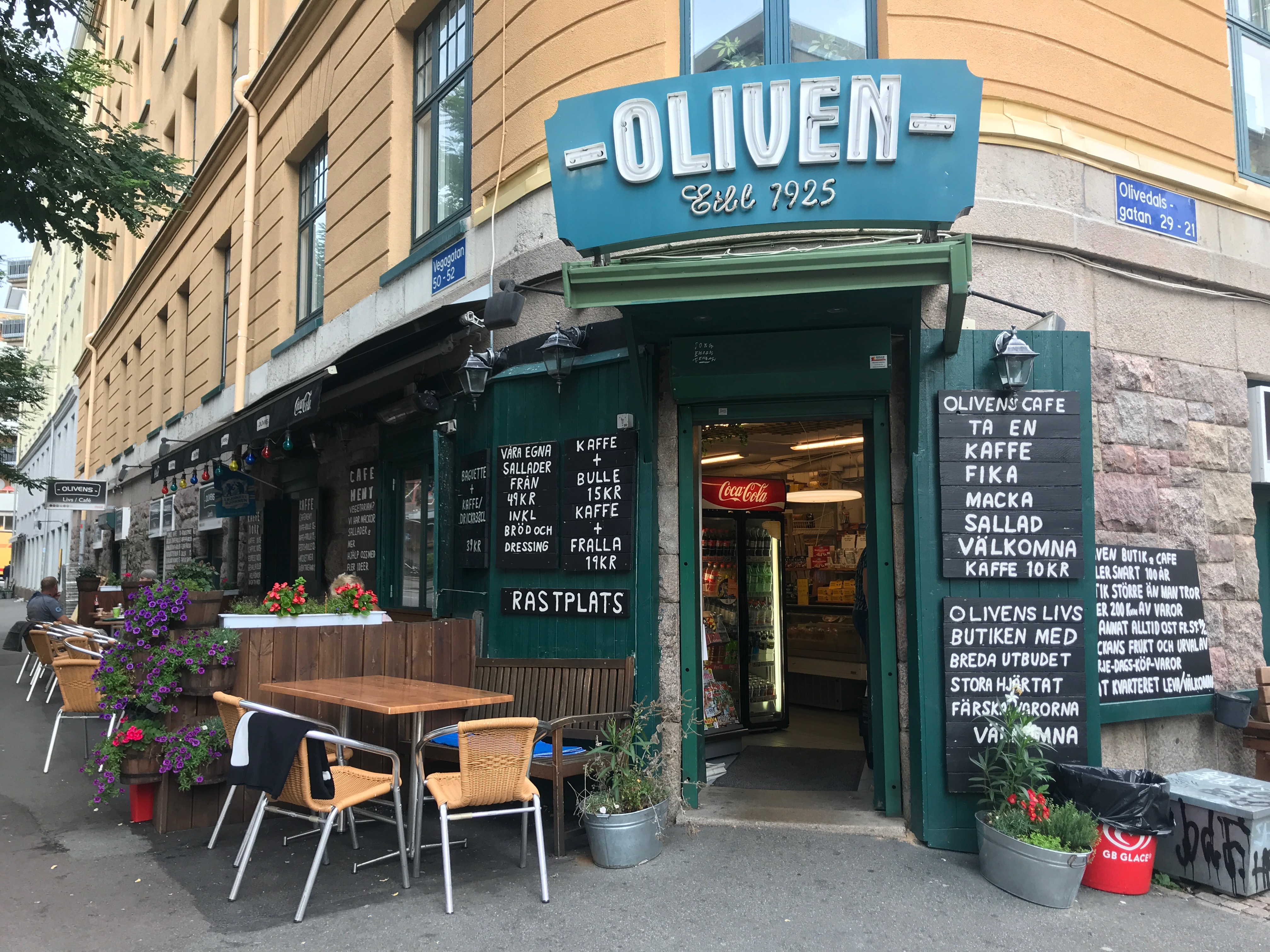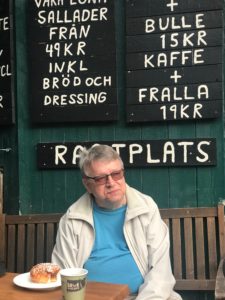By Akla Elhillo, Moa Persson and Giulia Zala
With the Swedish national elections just around the corner, one of the main issues being discussed across the city of Gothenburg is the West Link project. Initially proposed over 20 years ago, the West Link project continues to divide the city’s public opinion.
The project aims to facilitate mobility and improve the transportation network along the western region of the country. In 2014, a referendum concluded that the majority of the the people in Gothenburg were against the construction of this project.
Nevertheless, the council led by the Social Democrats intends to proceed with the construction of the multi-billion dollar project as planned. They argue that the project will bring about many economic and social benefits to the city and the surrounding regions.
Erik Solfors, a young representative of the Social Democrats said,
– There was no real discussion about this project. However, it is too late to stop it now. We will make it work!
Solfors is also concerned about the safety issues regarding the construction of the project but also added that it was legally agreed on by the majority.
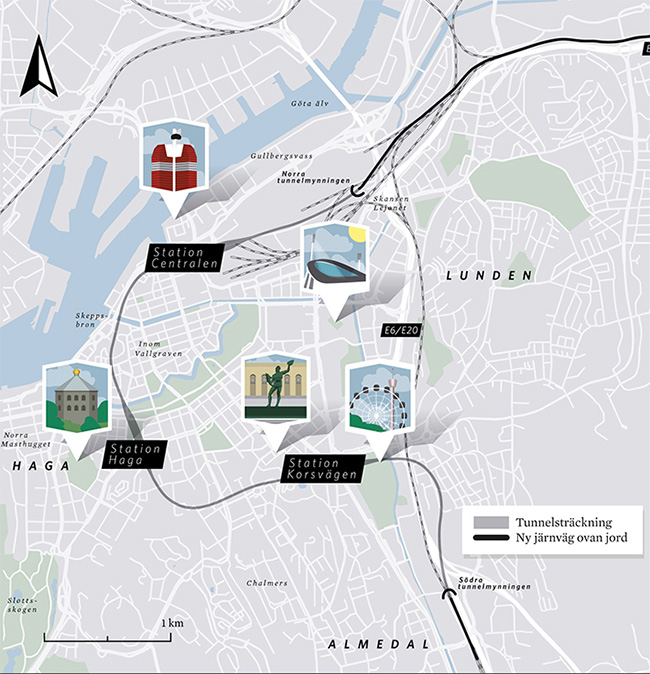
On the other hand, the Democrats refuse this narrative. They claim that the safety, economic and environmental risks overweigh the benefits. Engineer Mats Jakobsson, a representative of the Democratic Party, thinks that the government should listen to the people’s decision. Jakobsson argued that the West Link project might result in the bankruptcy of the City of Gothenburg. He is especially concerned about the risks related to building an underground tunnel without carefully considering the city’s geological conditions.As a matter of fact, the tunnel should run for 2 km trough clay and fill and this could make the building and the maintenance process quite complicated. This would not only not bring any benefits to Gothenburg and the surrounding areas, but would translate into a waste of public funds and resources.
Anna-Karin Hammarstrand, a local entrepreneur and representative of the Democrats, is also fearful of the safety and environmental risks that the project might have. Hammarstrand said,
– Like other projects implemented in the past, the West Link project will cost twice as much and take twice the time to build. The project will have dire environmental effects as the rate of air pollution will increase due to trucks accessing the city.
When asked about the investment that was already spent to initiate the construction of the project, Hammarstrand said
– The bad decisions of the government is not our problem. There are many other alternatives such as the Gårda Central Station that can cost less to construct and have fewer impacts on the environment and safety of the city.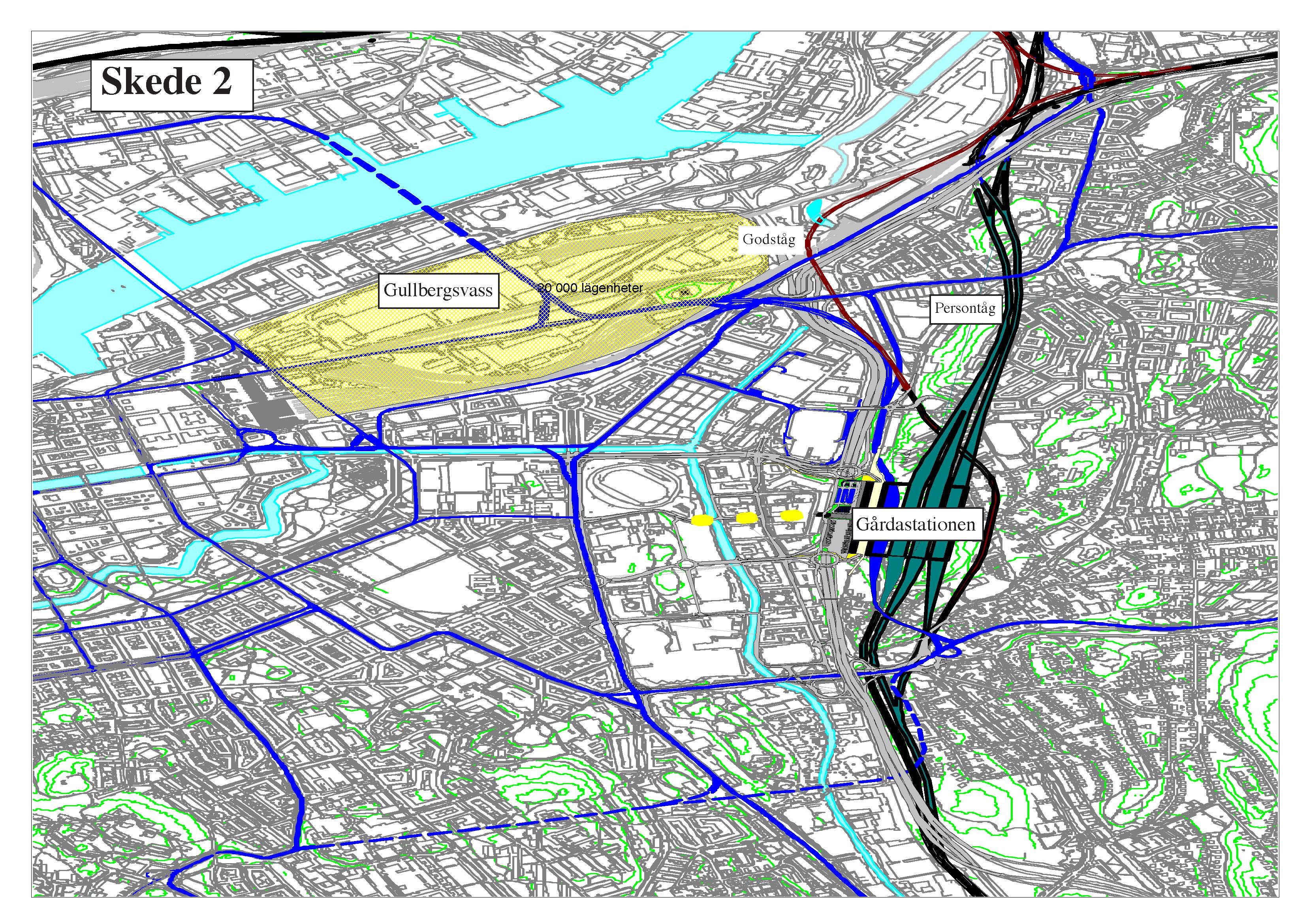
The West Link project seems to be the deal breaker in the coming election. We will have to wait until Sunday to see if this controversial project will come to life in the next decade or the voice of the majority will put an end to it.





